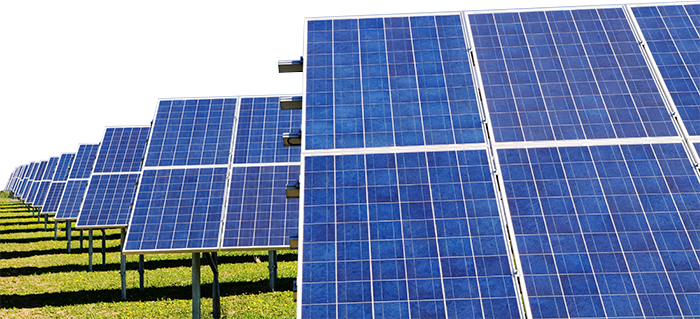Risks to homes and fire fighters
When wired up in a normal fashion, Solar panels are wired in series, and will create a live voltage right down to the Solar Isolator, even when the Isolator is off. This effectively means, the solar array can't be declared off and any point without detaching the panels.
In a legal sense, Solar Panels wired up in this way are not compliant with the legal standard that electricians need to comply to the AS/NZS 3000. Specifically: AS/NZS 3000 Sections 1.2, 1.5 and 2.3
Find out more
Why hasn’t this been solved?
Short answer: This has been considered by most engineers to be an unsolvable problemThe cause of the safety concern is due to wiring up Panels in a “daisy-chain” type fashion called series. The other way to wire them up would be in parallel, but doing so means that converting power requires heavy-duty equipment to transfer the power into household usage levels. Wiring panels up in parallel would allow each panel to be turned off without affecting the generation of the next panel, but would result in a significant amount less energy.
Risks
Because of this daisy-chain; risks are, that the energy is still live right down to the solar isolator, even when turned it’s off. A degraded connector, or a rodent eating through wires will result in the roof becoming electrified at the full, possibly lethal, voltage of the panels.
Panels are rated to 600V, the following risks are present:
- Risk of lethal electrocution should cables be damaged
- Risk of roof becoming live should cables be damaged
- Inability to shut down solar system during maintenance / cleaning / emergency
- Risk of loss of electrical license
Affect on fire fighters
The risks to fire fighters are greater than to everyday householders. In the event of a fire, the risk that the cable has burnt through increases to a certainty if the fire is lapping at the roof. This results in the solar system having to be assumed as live. In most cases, fire fighters will avoid dosing the roof with water, and keep water to known safe places within the house. This often results in the decision for fire mitigation, instead of fire reduction. Essentially, houses are left to burn while fire fighters try to control the blaze without adding water to the roof.
What’s our solution?
We’ve been able to create a device that controls the power on the circuit in a special way, that allows us to change the power at each panel.
This allows us to control the system at the panel; allowing the maximum voltage when off to not exceed safe levels when turned off (ELV according to the AS/NZS 3000).

